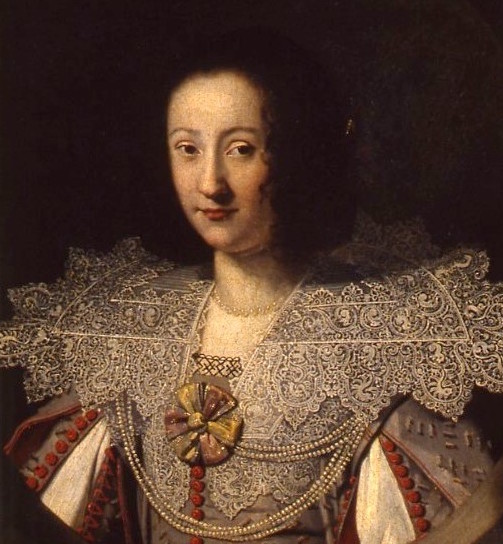January 5 Free Museum Sunday & Davanzati Show

A number of museums in Florence and its greater metropolitan area are offering free entrance on Sunday, January 5. The list includes the Uffizi and Accademia galleries; the Palazzo Pitti museums (all open 8:15 am – 6:50 pm); the Boboli Gardens (8:15 am – 4:30 pm); the Archeological Museum, the Bargello National Sculpture Museum and the Medici Chapels (all open 8:15 am – 2 pm) in addition to the Palazzo Davanzati Museum of the Renaissance Home on via Porta Rossa (1:15 – 7 pm).
On the outskirts of Florence, the Medici villa of Castello and the Villa Medici of Pietraia (both open 8:30 am – 4:30 pm) can be visited at no charge on January 5.
Also accessible at no cost on January 5 is the Palazzo Davanzati exhibition Beauty and Precious Ornaments in Fashion and Furnishings of the Seventeenth Century. This display showcases artwork based on embroidery and lace that date back to the early 17th century. It is being shown to the public as one of the largest collections of designs set around the embroidery and lace-making up 105 sheet drawings, 102 inked cards, and three graphite pieces.
The exhibition takes place on both the museum’s ground floor as well as the floor above. Displayed within these levels are sculptures, paintings embroidered friezes, and large elegant lace collars meant for aristocrats that all together, develop a unique look into the creation of garments for the elite. The show aims to document the delicacy and pattern-oriented style of fashion that was popular in the seventeenth century in Europe. The museum is set up so that within each room, guests can see a comparison between all of the separate mediums of art. Viewers are also able to behold a carefully selected group of pieces within these rooms that includes clothing, accessories, paintings, sculptures, medals, books, and collars united by a common use of lace and embroidery.
Beauty and Precious Ornaments in Fashion and Furnishings of the Seventeenth Century presents works that lay under protected glass cases such as graphic pieces of potential garments, an assortment of exquisite accessories that include earrings, brooches, and pins made of gold that are decorated with pearls and jewels, a pair of women’s shoes that is made with red silk and covered with lace, as well as graceful sculptures that stand within the rooms, and elegant paintings that hang on the walls.
This exhibition documents fashion during the late 16th and early 17th century and we can very well see this style of vogue with a male red jacket on display that is decorated with burgundy lace on its sleeves and around the buttons in the front of the garment. A majority of the paintings on display portray lavish lace collars worn by aristocrats. The oil painting made by Justus Suttermans titled, Prince Valdemar of Denmark presents a young nobleman in armor with a white lace collar delicately laid around his neck on top of his hefty armor that he is wearing showing a sense of fashion for the viewers. Nicolas Regnier’s painting Victory Bulgarini portrays a youthful countess with an intricate ivory lace collar that is stiffly placed on her shoulders portraying her as a strong yet graceful woman.
This unique exhibition presents a fascinating opportunity to witness the distinctive role that lace and embroidery had in the social lives of the upper class in Europe and how that played a part in the history of art and fashion that followed. (tessa cervantes-roth)
